The Anahita Scrolls
Aphrodite Désirée Navab
GALLERY I
Aphrodite Désirée Navab, Detail of performance monoprint series, The Anahita Scrolls, 2022, Ink, lace, Qalamkar woodblock, cloth, artist’s body, paper, 24 feet x 42 inches.
April 23 - May 22, 2022
Opening reception: Saturday, April 23 from 6-8pm
In her new multimedia installation The Anahita Scrolls (2022), Aphrodite Désirée Navab erects an imagined temple devoted to the ancient Persian goddess Anahita. Featuring three large performance-based prints, ranging from 17-24 feet in length, Navab’s installation is strewn with materials and objects associated with the goddess: peacock feathers, wild rue, pomegranate seeds, rosewater, red pigment, and eye amulets. A revered warrior goddess of fertility and water in ancient Persia (ca. 400 BCE), Anahita became a Zoroastrian Yazata (or angel) and still holds a significant place in the Zoroastrian pantheon today.
Profoundly inspired by the work of Iranian poet Forough Farrokhzad (1934-1967), the French American artist Louise Bourgeois (1911-2010), and the Cuban American artist Ana Mendieta (1948-1985), Navab uses her own body as a map, directing her towards a home deserted and disguised by years and years of absence. From Farrokhzad, she learns the poetry of feminist protest in Iran and from Bourgeois, the use of childhood trauma as a catalyst for her art. Through Mendieta, Navab practices the ritual of private performance as a talisman against the ravages of exile.
For Navab, the goddess Anahita is a feminist hero who stands in contrast to the patriarchal ideologies of her childhood in Iran. There, she lived under a monarchy which was then overthrown by a theocracy, both led exclusively by men. Her family fled after the Islamic Revolution of 1978-79, and went into exile.
In two of the prints featured in this exhibition, Navab takes on her native city of Isfahan’s ancient textile tradition of Qalamkar (Farsi for pen and ink work). Using a Persian woodblock to emulate the foundational pattern of her childhood, she immerses the block in ink, stamping onto a blank textile one layer of red patterned pigment for each year that her family has lived in exile. Navab then wraps her custom Qalamkar textile around herself and whirls on a scroll of paper laid on the ground, the inked impressions of her body appearing and disappearing, embodying the limbo of displacement. In a third print, she does away with tradition altogether. Instead of woodblocks, usable by anyone, anywhere, and anytime, she inks up the lace intimate apparel worn on her own body. Navab then stamps herself on paper as someone, somewhere, and sometime, inking her own passport of exile.
What begins as a private ritual transforms into a public talisman. The word talisman traces back to the ancient Greek telein, which means "to initiate into the mysteries." Throughout The Anahita Scrolls, Navab’s choice of blood-red ink and the direct impression of her own skin and undergarments on paper challenge patriarchal limits placed on women’s modesty, menstruation, and motherhood. Her installation is an initiation into the lost mysteries of matriarchy, Anahita its patron saint.
Born in Iran and based in New York, the artist Aphrodite Désirée Navab mines her Iranian, Greek, and American heritage, calling forth its competing histories, myths, and politics and tracing its impact on her personal identity. In 2004, she completed an Ed.D doctorate in Art Education at Columbia University. She received her BA magna cum laude in Visual and Environmental Studies from Harvard College in 1993. Navab’s art has been featured in over one hundred and fifty exhibitions and is included in a number of permanent collections including The Addison Gallery of American Art; Crystal Bridges Museum of American Art; the Lowe Art Museum; the Harn Museum of Fine Arts; Casoria Contemporary Art Museum, Naples, Italy; and the Museum of Fine Arts, Arkansas State University. Navab had a solo museum show, Landmines of Memory, at the Addison Gallery of American Art (Jan-April 2021). She had a solo exhibition, The Homeling, at Johannes Vogt Gallery in New York (Jan-Feb 2018). Her art was exhibited at Crystal Bridges Museum of American Art in the traveling group museum show Men of Steel, Women of Wonder (Feb 9-April 22, 2019).
View the Press Release here.
View Aphrodite Désirée Navab’s page here.
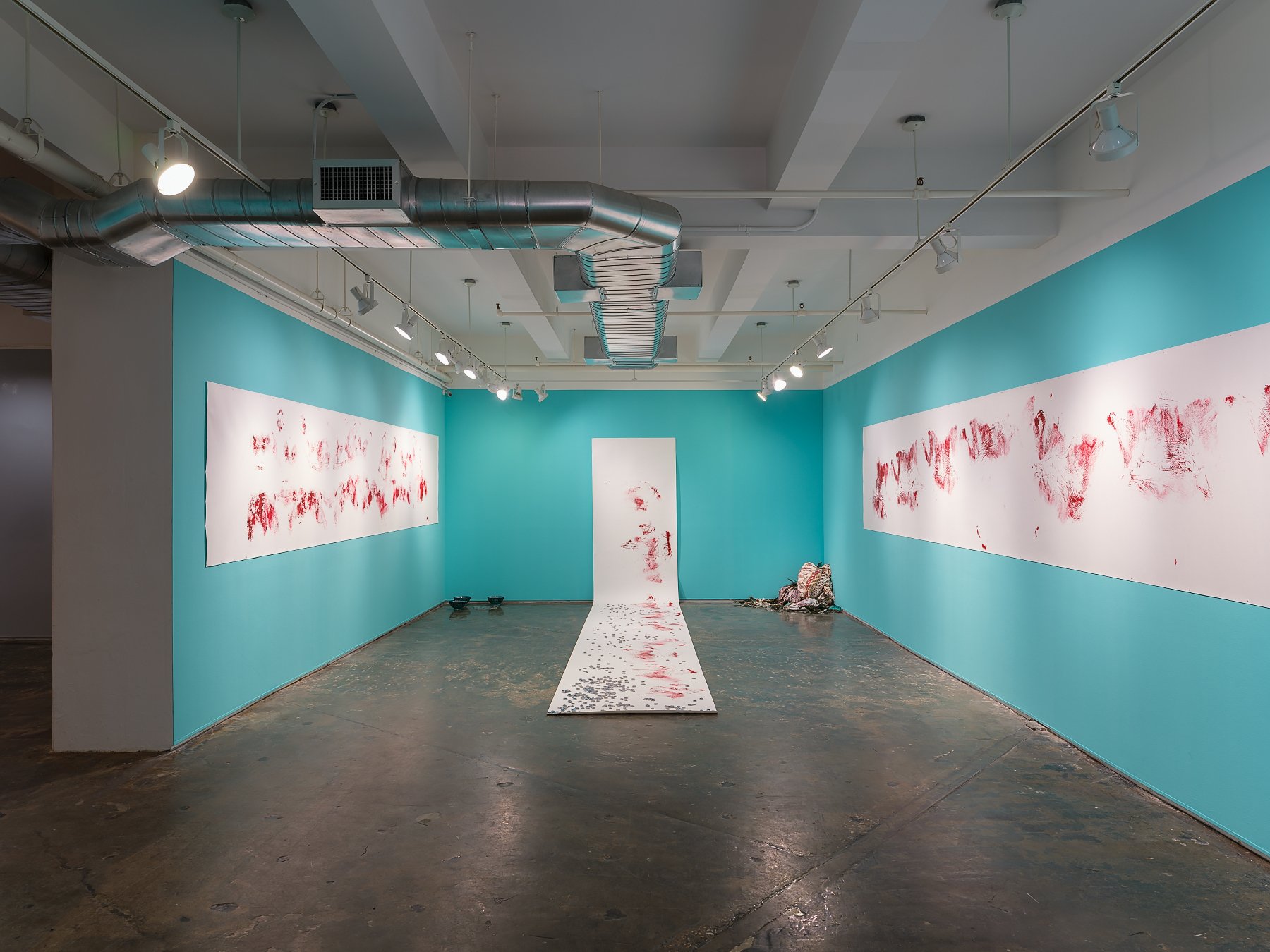
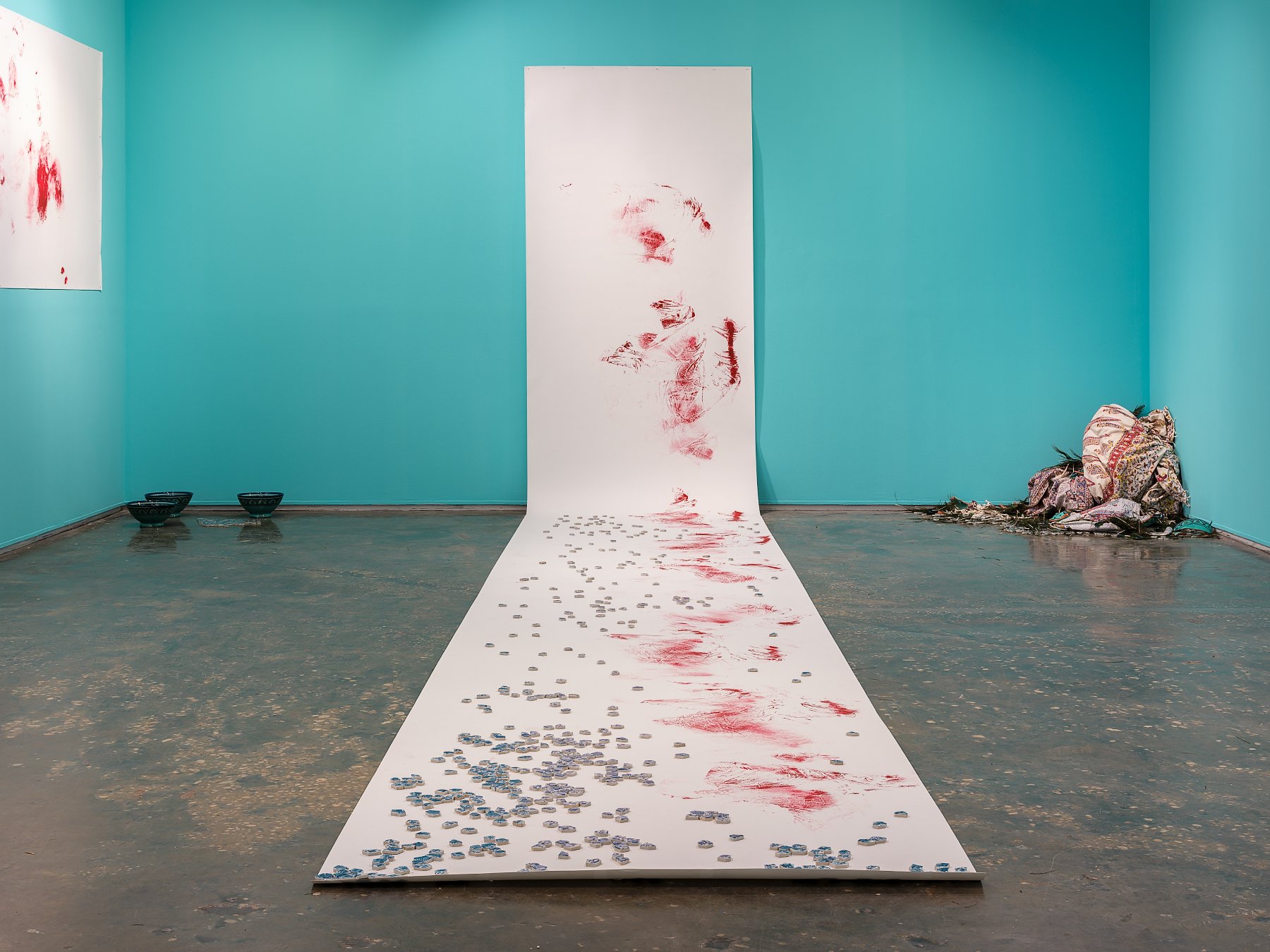

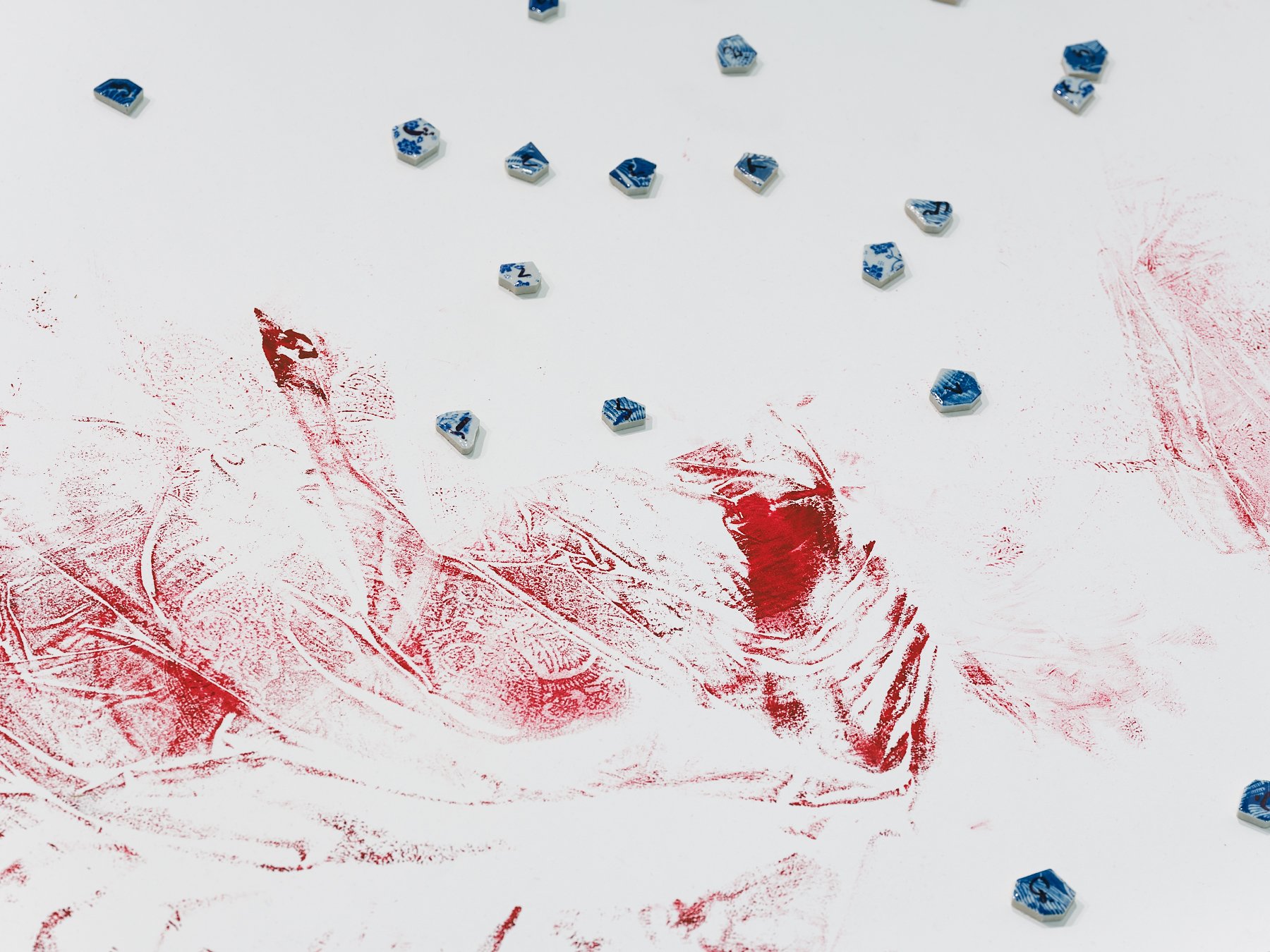
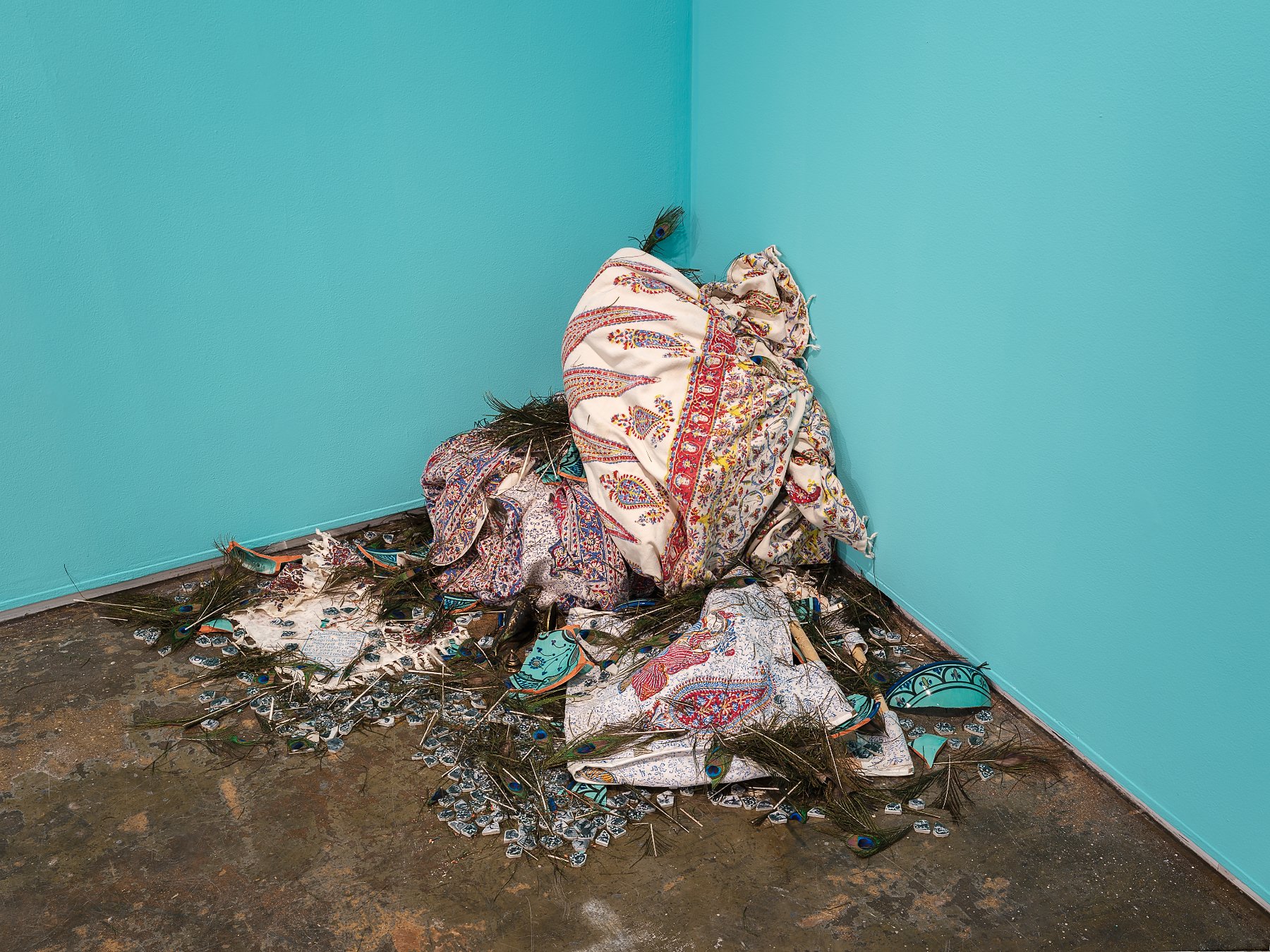
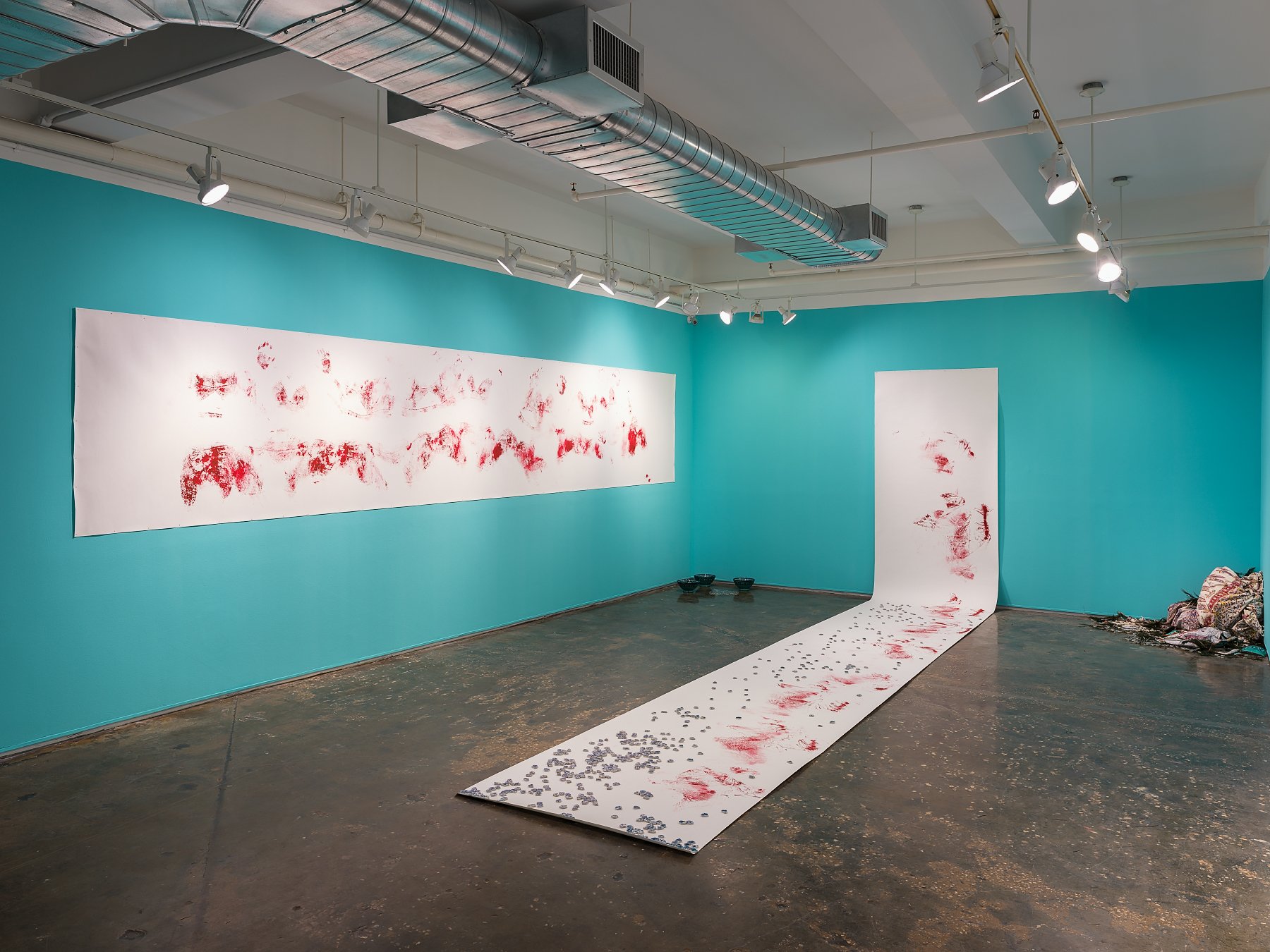
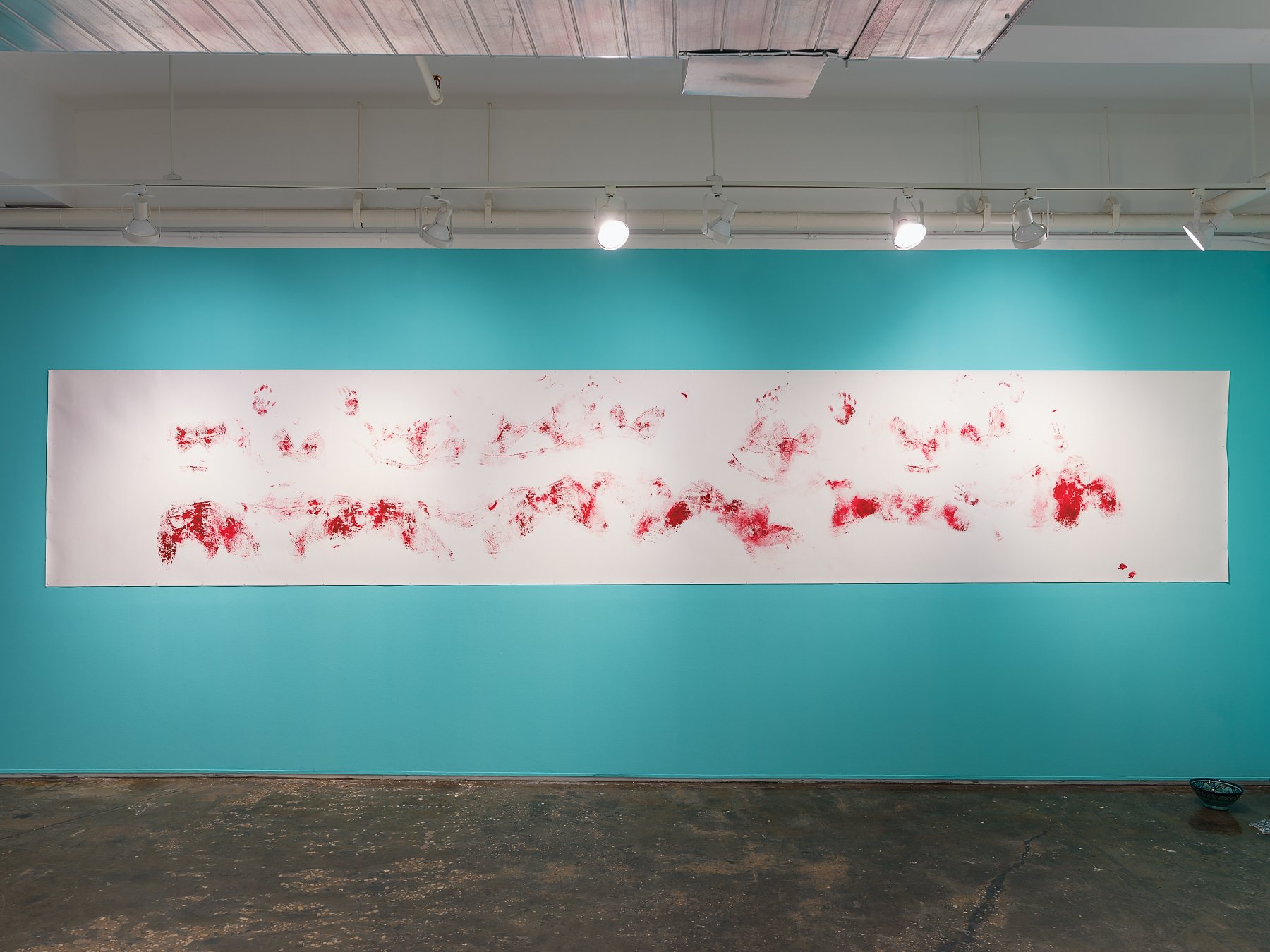
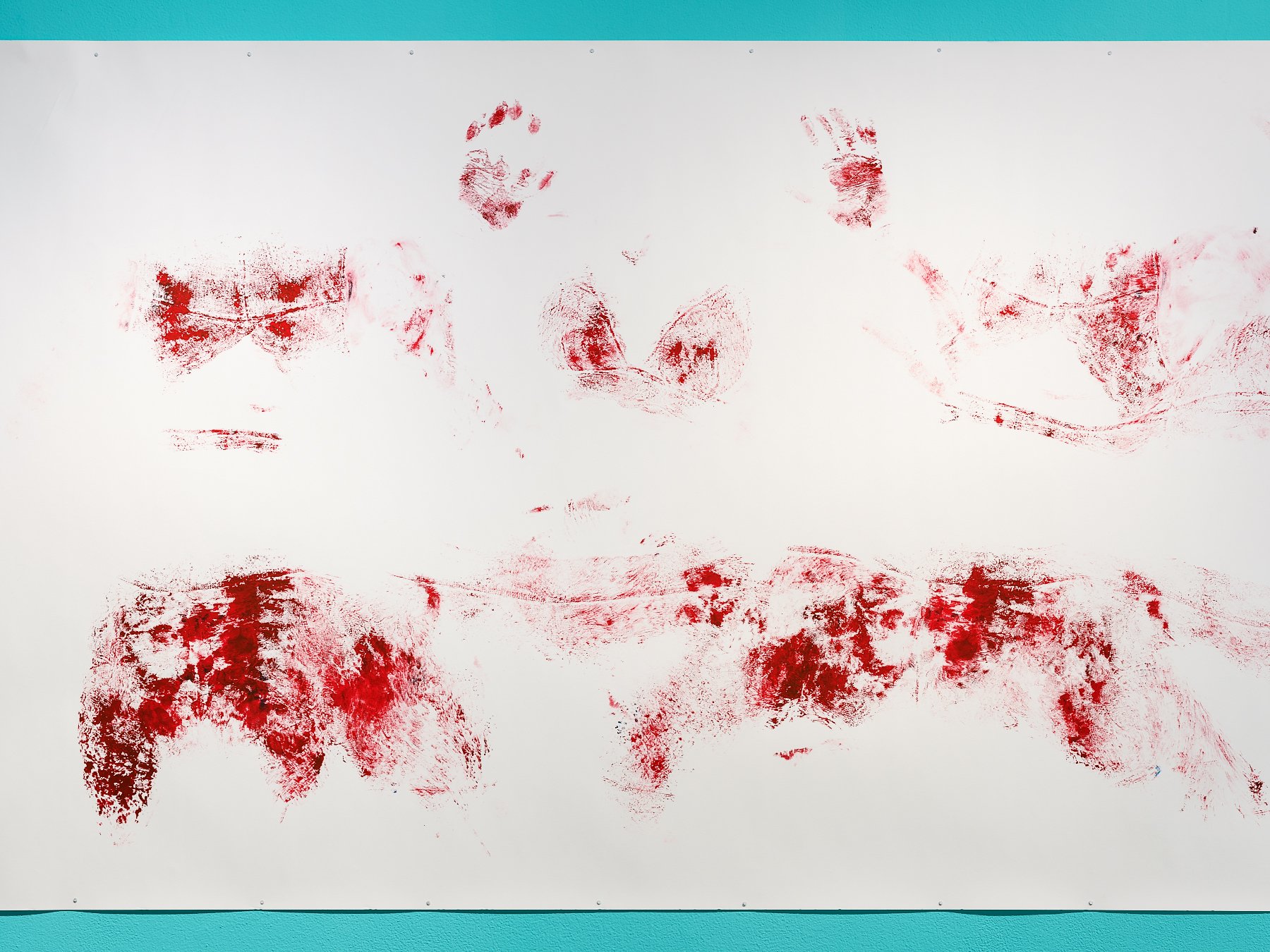
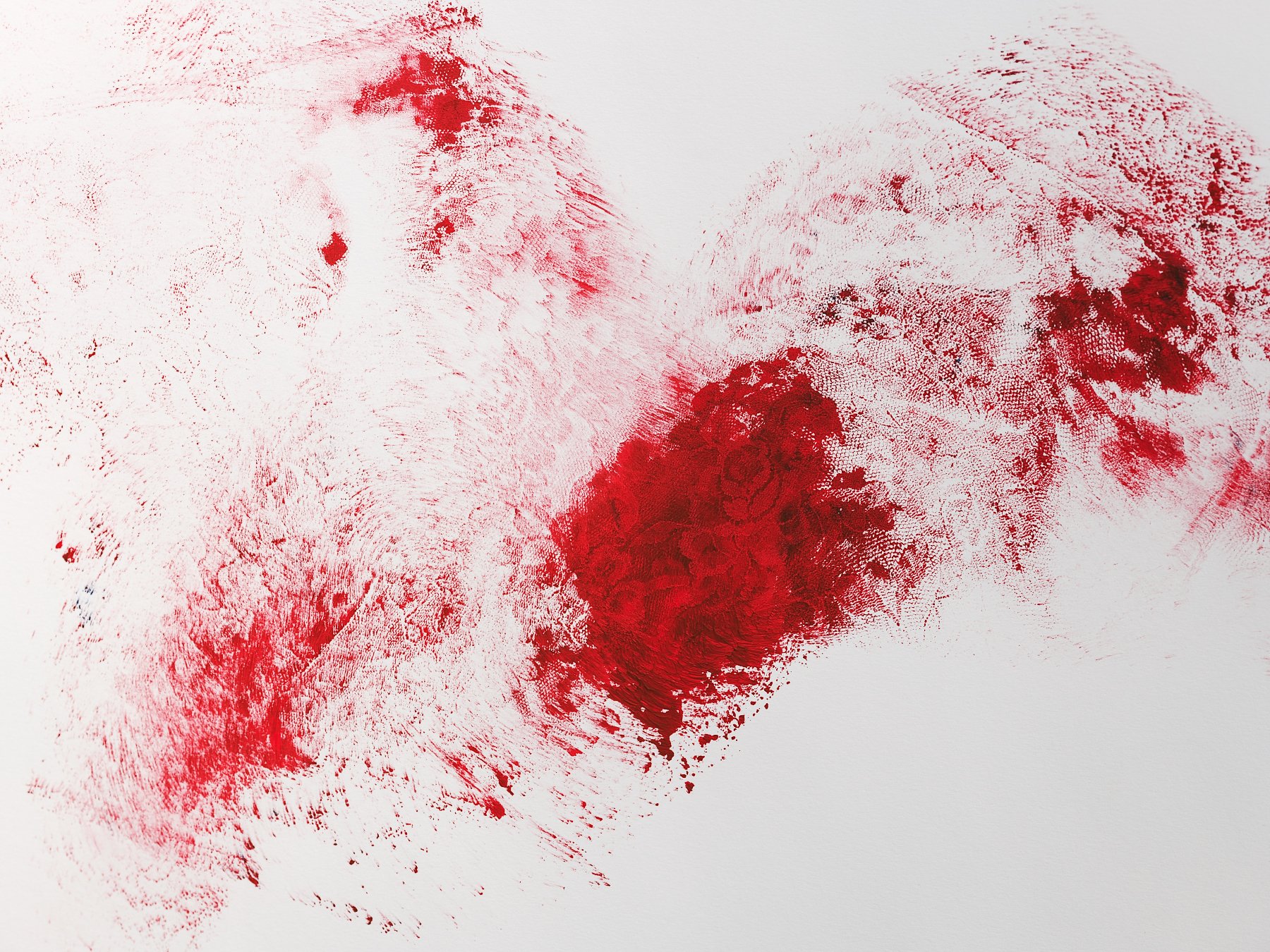
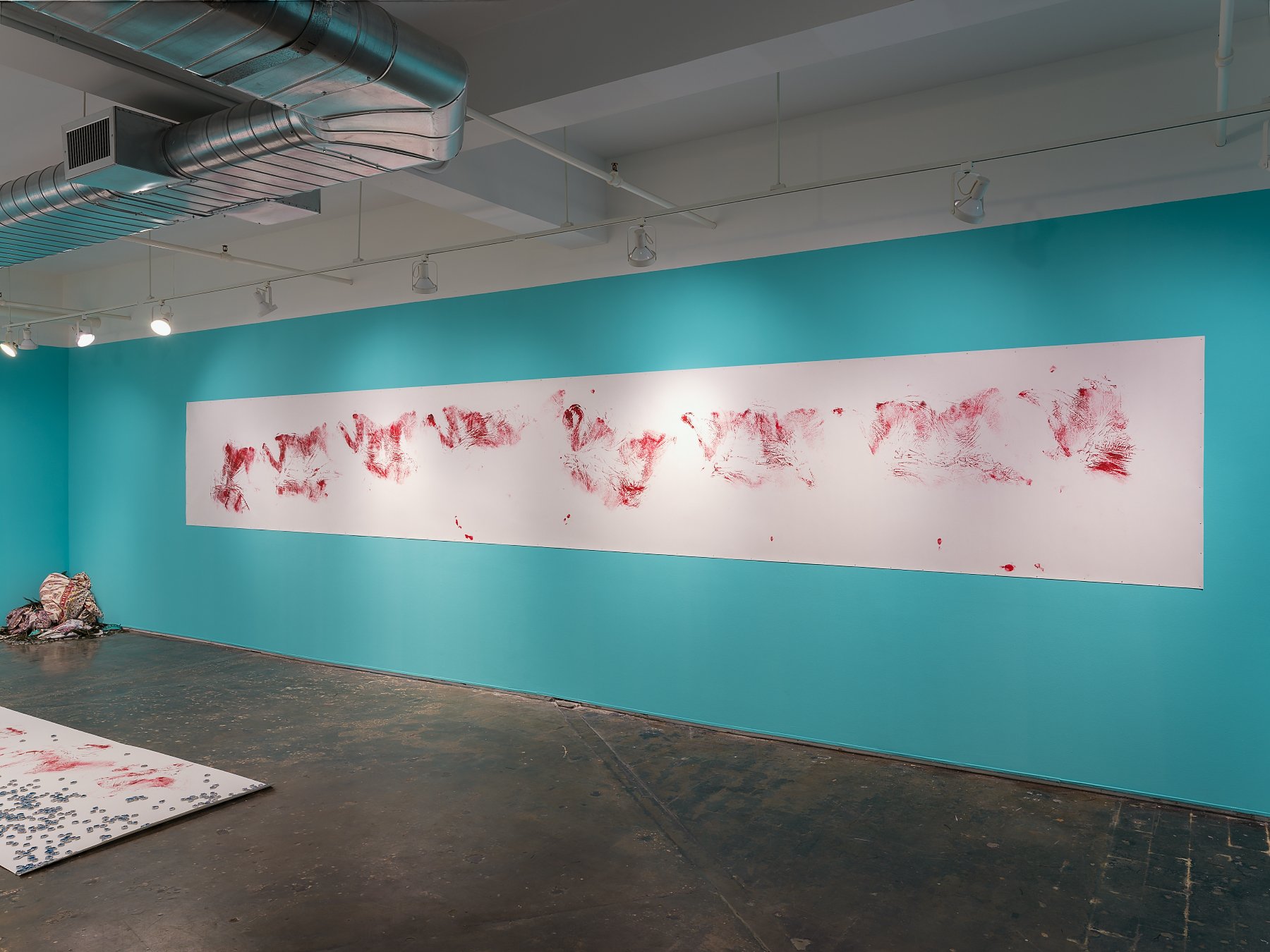
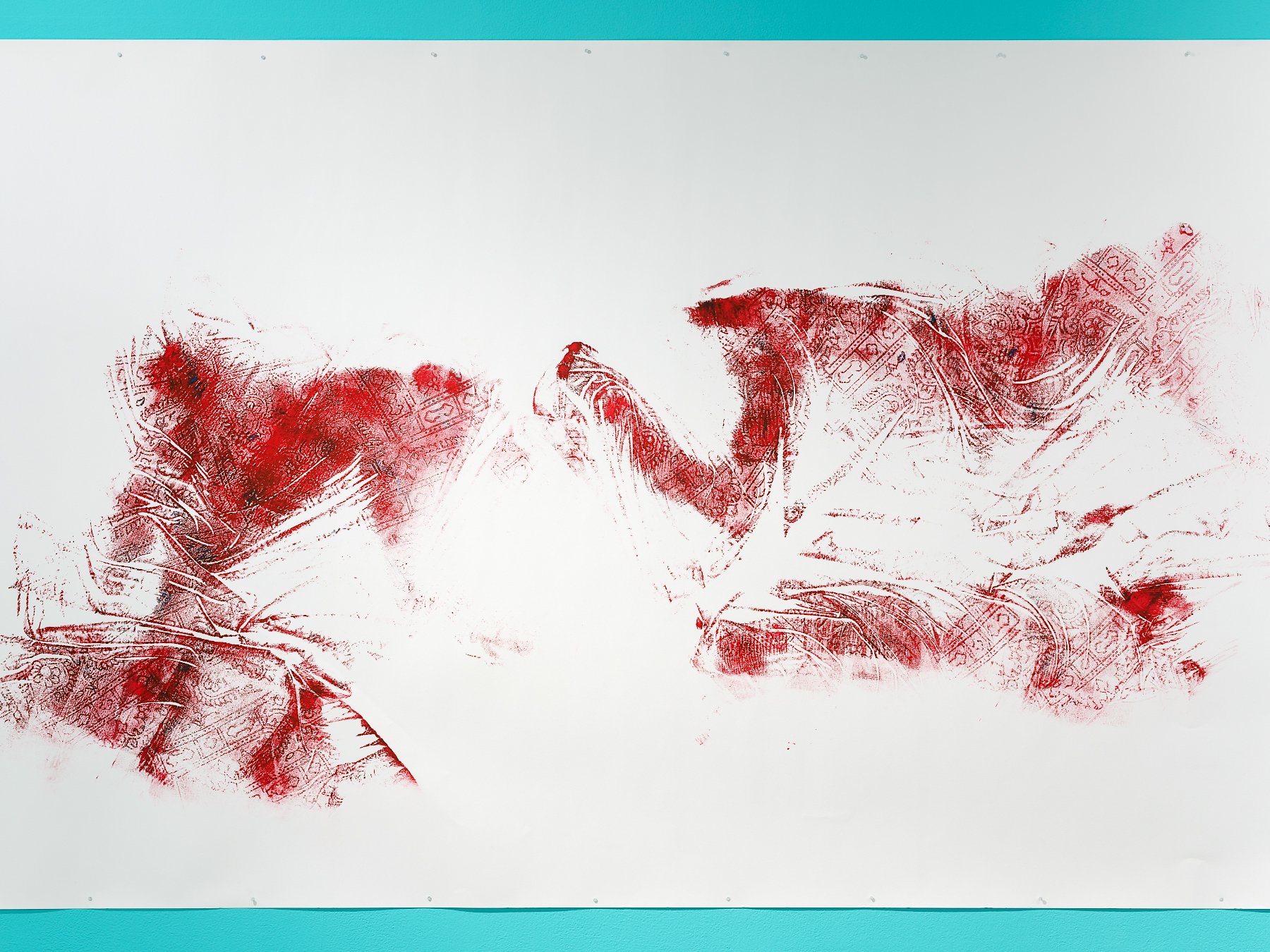
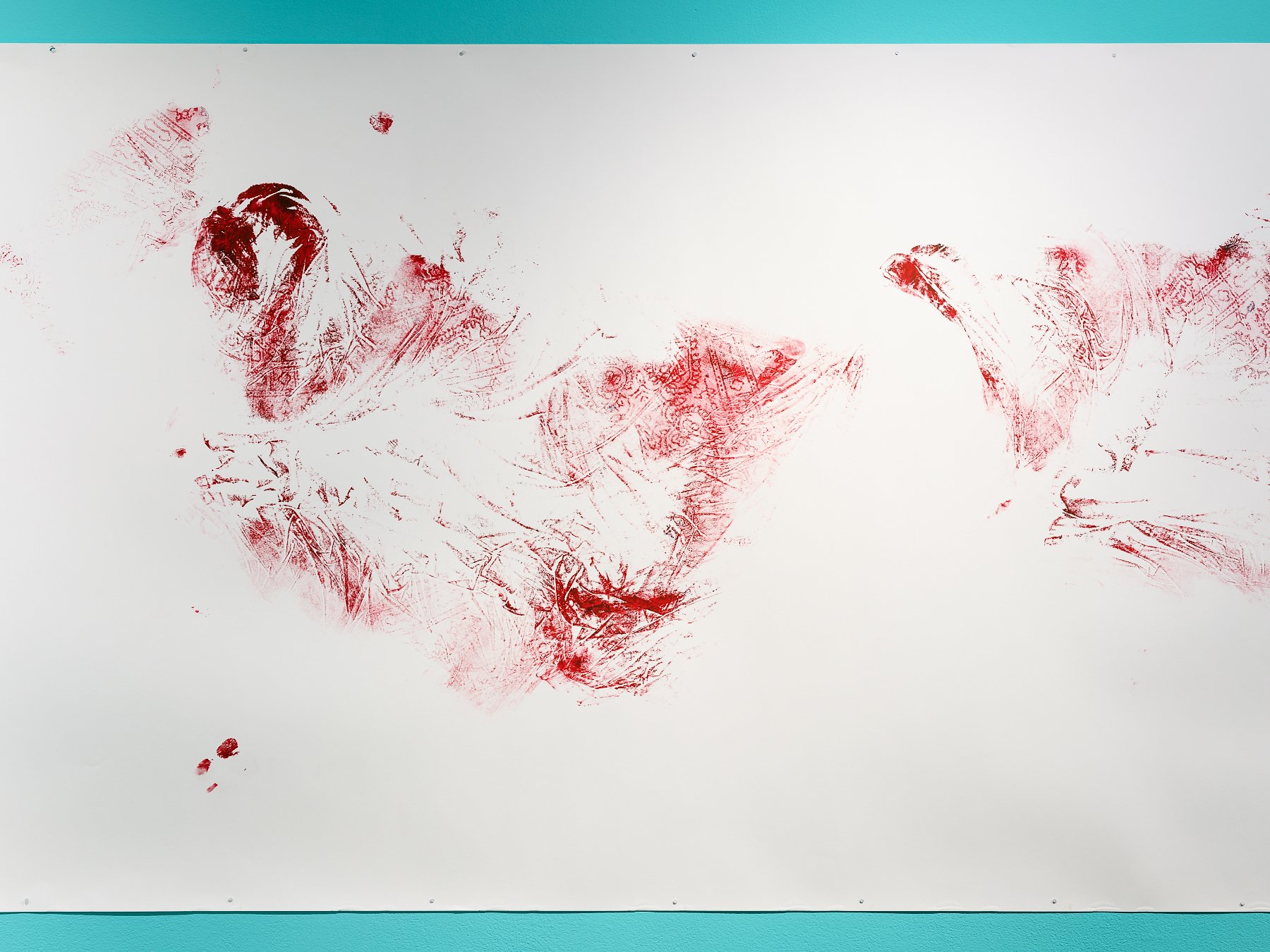
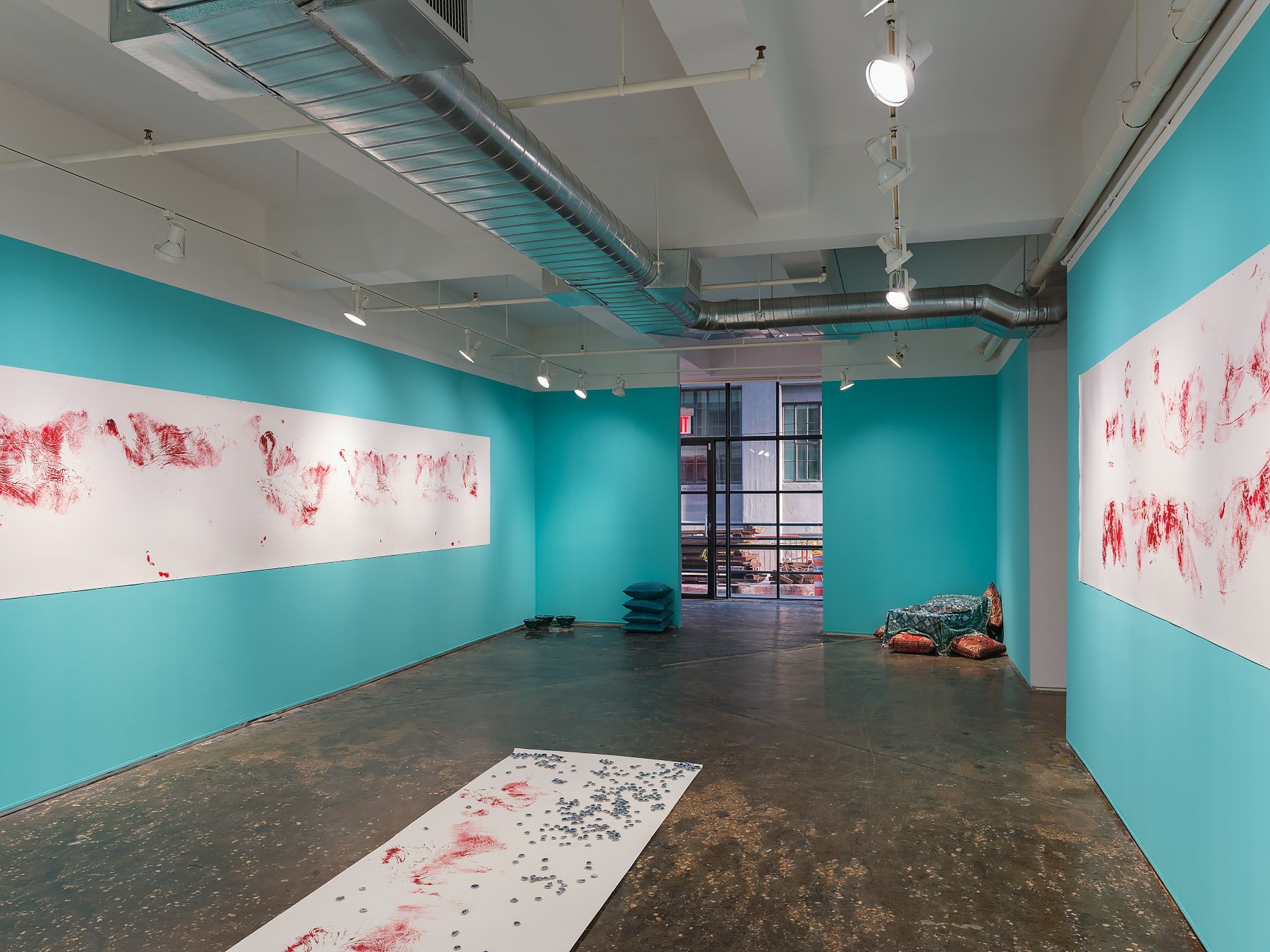
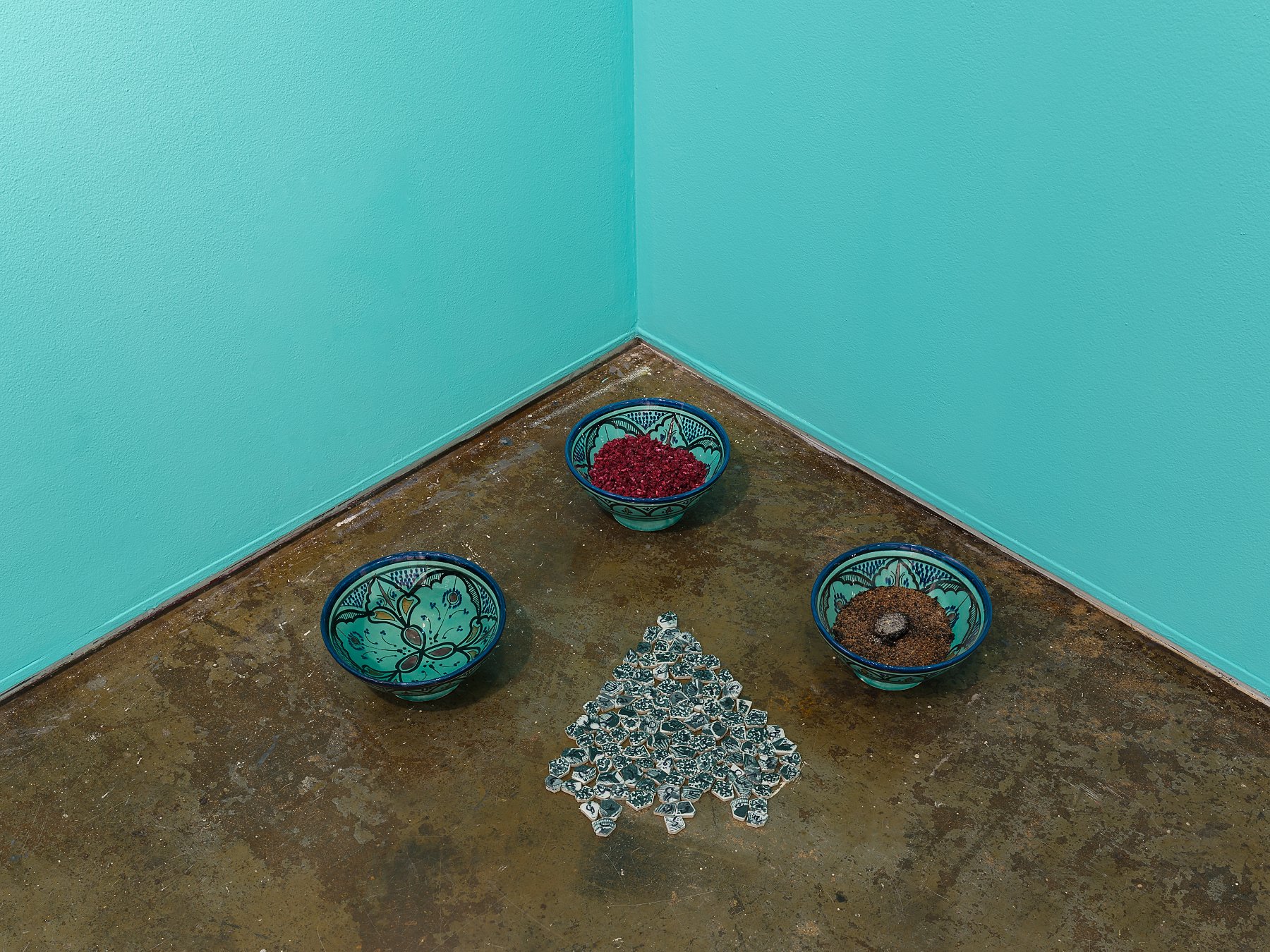
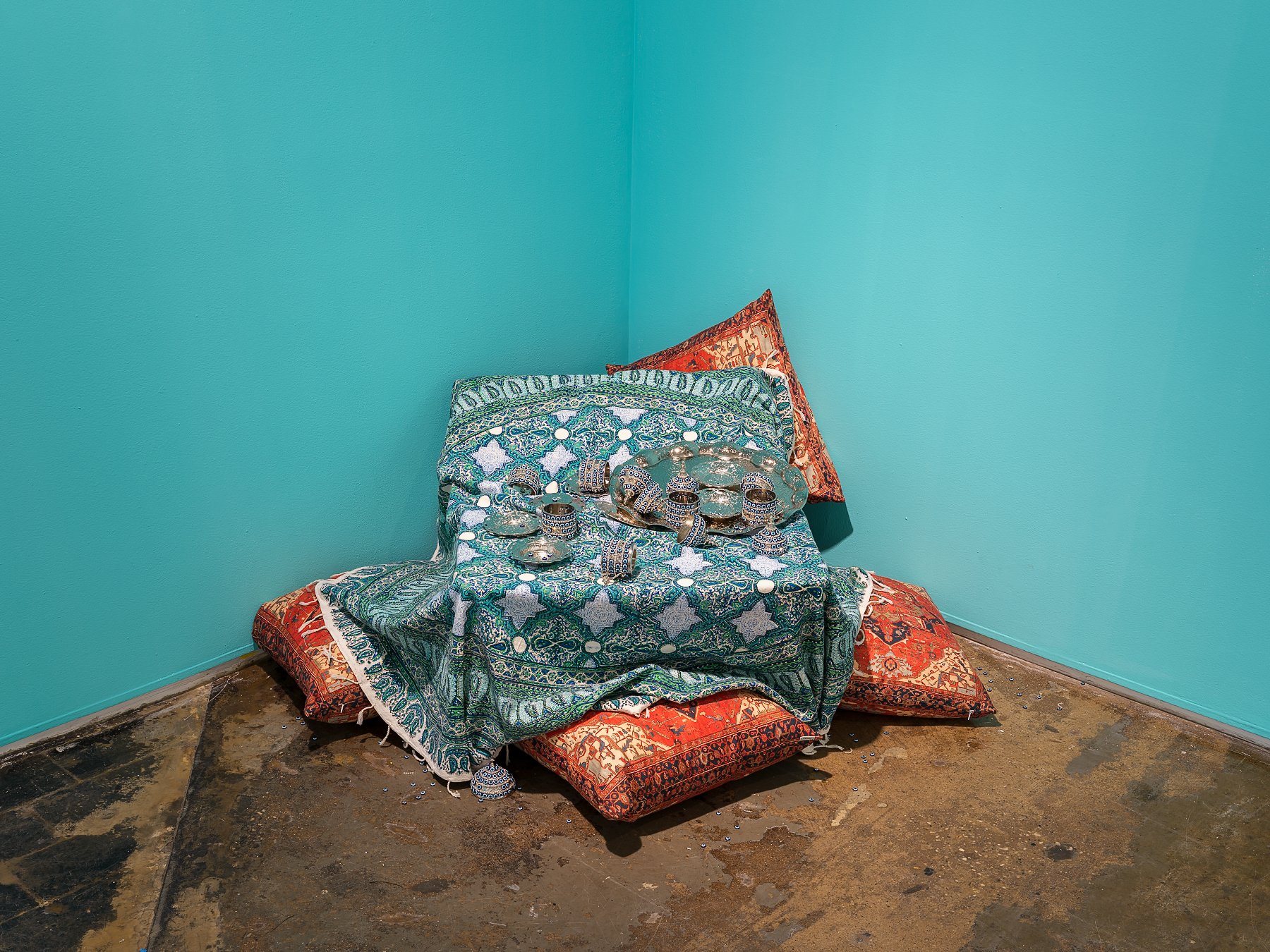
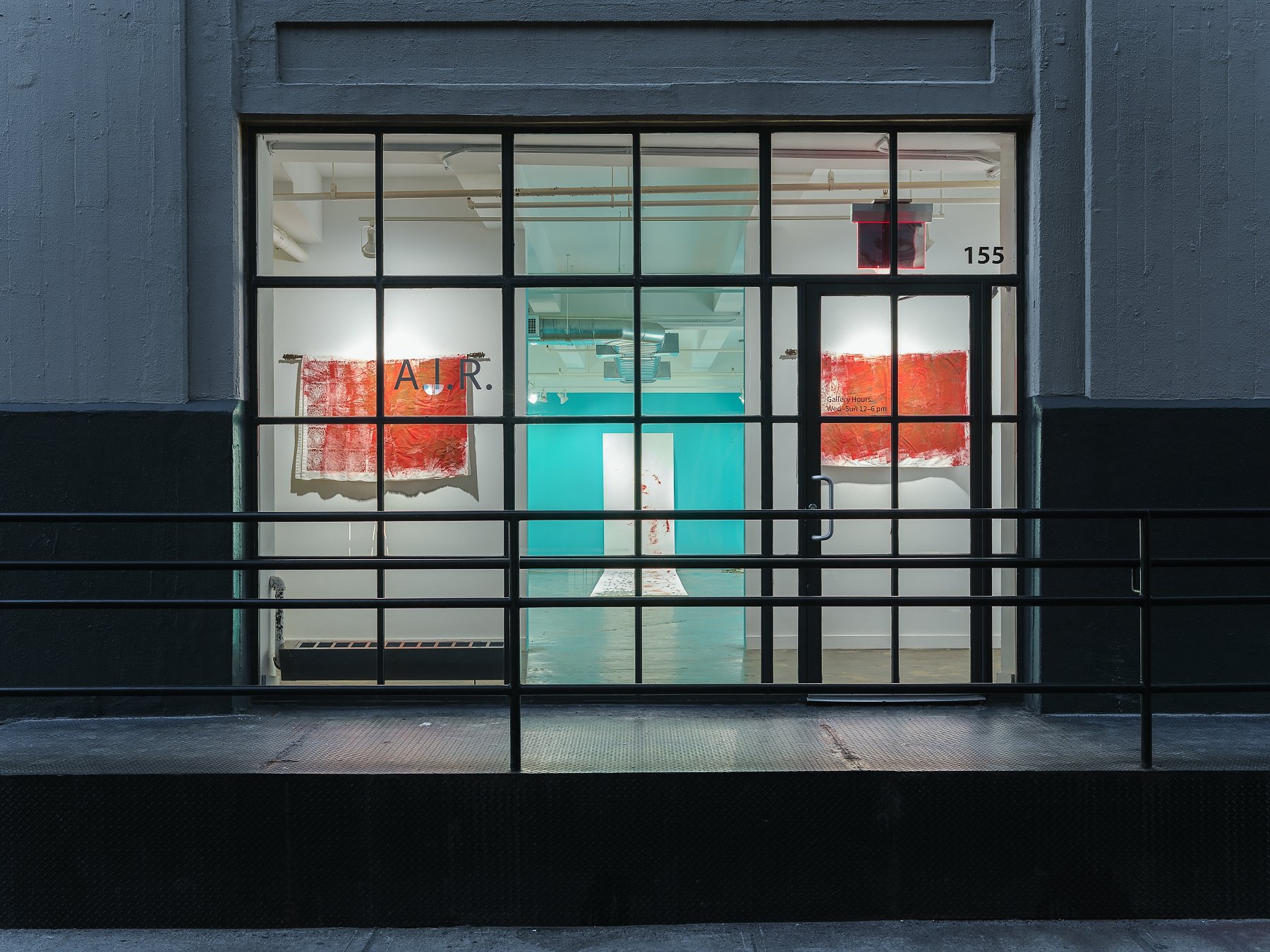
Photography: Sebastian Bach

